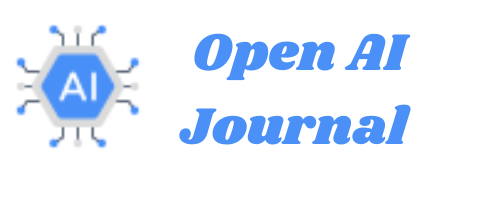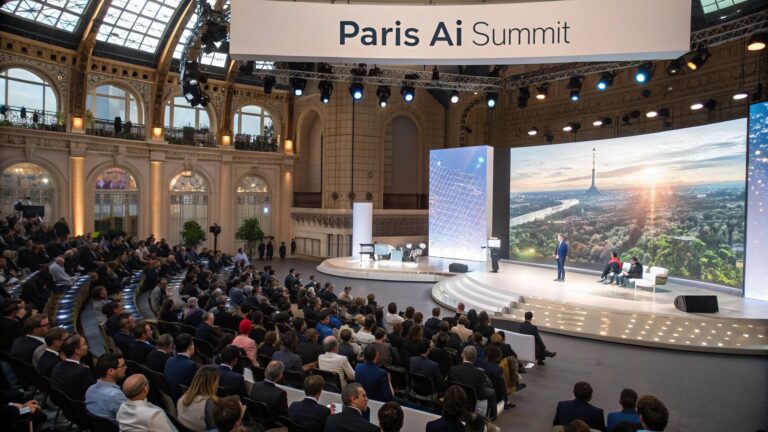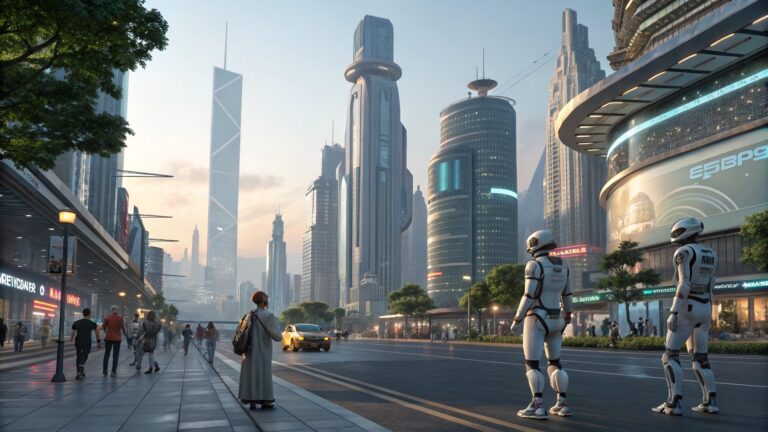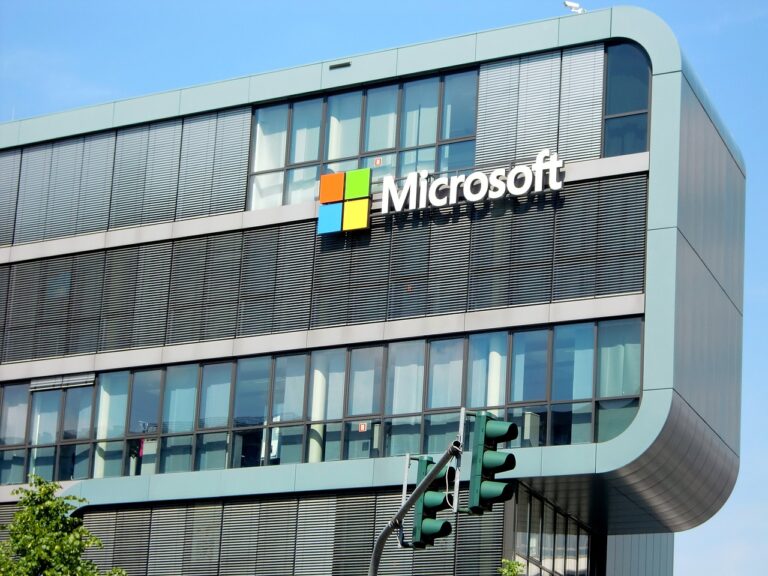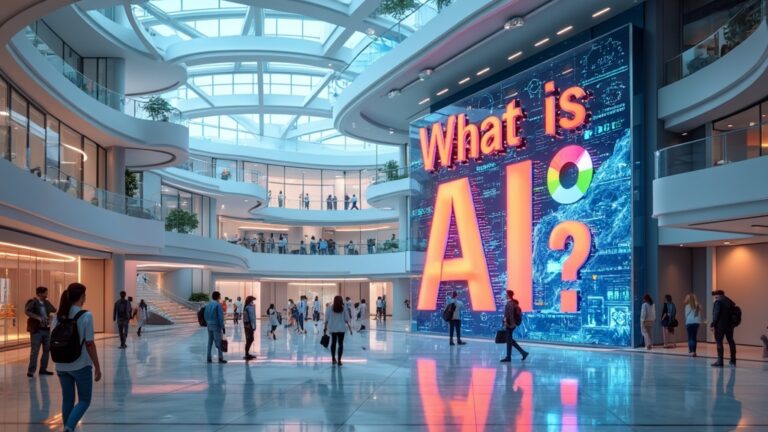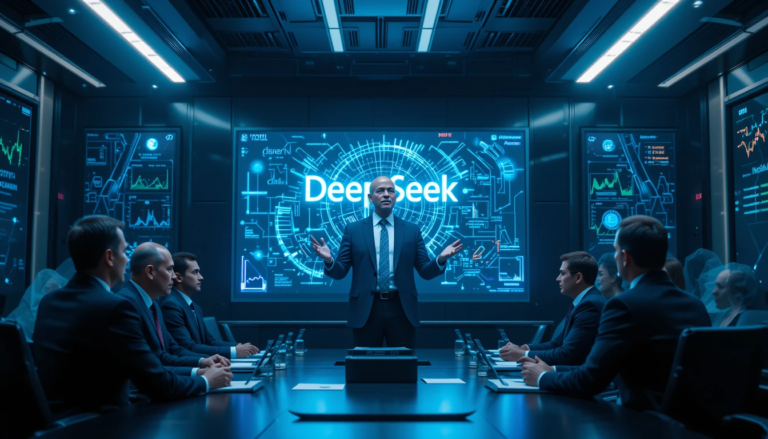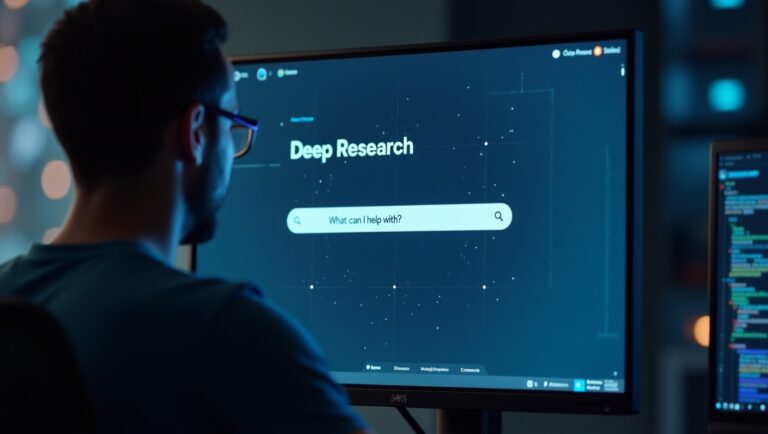Elon Musk vs. OpenAI: Will 2025 Be the Year AI’s Biggest Battle Explodes?
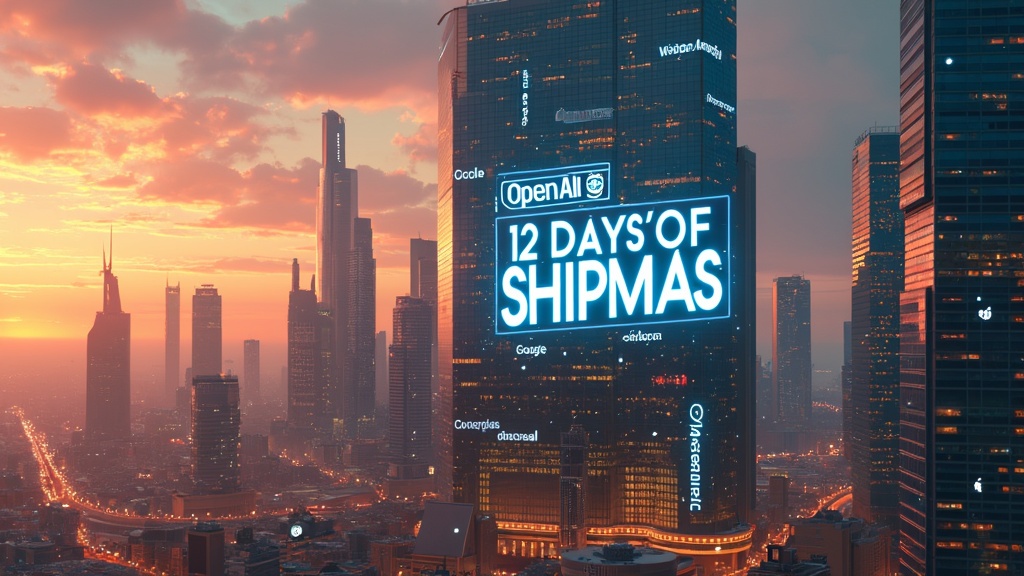
Table of Contents
Introduction: The Calm Before the Storm
If you’ve been keeping an eye on the AI world lately, you’ve probably heard about OpenAI’s “12 Days of Shipmas”. It was bold, flashy, and surprisingly playful for a company known for its high-stakes role in shaping AI’s future. Think of it like a tech-savvy version of an advent calendar, but instead of chocolates, each “window” revealed powerful AI tools, jaw-dropping demos, and headline-grabbing features.
But as the tinsel and confetti settle, OpenAI isn’t coasting into the new year with holiday cheer. Nope. They’re gearing up for a 2025 filled with fierce rivals, government scrutiny, and industry shake-ups that could make or break their future. It’s not just about Musk’s xAI breathing down their neck — it’s about global dominance in a trillion-dollar generative AI market.
Let’s talk about what went down during OpenAI’s “12 Days of Shipmas” and why it’s only the beginning of a much bigger story.
The Magic of Shipmas: Why It Mattered
If you blinked, you might have missed it. For 12 consecutive days, OpenAI rolled out feature after feature like Santa on a deadline. From the much-anticipated Sora, the video-generation AI, to phone call access for ChatGPT (yep, you can literally call it now), this campaign felt like a year’s worth of updates crammed into less than two weeks.
Here’s a taste of what Shipmas delivered:
- Sora: Create high-def videos from text prompts, still images, or even missing frames. It’s like having a movie studio in your pocket.
- 1-800-CHATGPT: Yes, you can now call OpenAI’s chatbot, which somehow feels both retro and futuristic.
- o3 and o3 Mini: New AI models with a name so mysterious that CEO Sam Altman joked about their naming blunders.
- New ChatGPT Features: Video calls, screen sharing, “Projects” for better organization, and Apple device integration.
It was a marketing masterstroke. Think about it — every day brought fresh buzz, social media hype, and headlines across every major tech site. People were talking, tweeting, and debating the impact of these features, and OpenAI stayed at the center of the conversation.
But Shipmas wasn’t just about hype. It was a signal. OpenAI was saying, “Look how much we can do in 12 days — imagine what we’ll do in 12 months.”
The Real Gift of Shipmas: Distraction
Here’s where things get interesting. While OpenAI was dazzling us with shiny new tools, it was also shifting the spotlight away from something far more complex — the challenges ahead. And there are plenty of them.
The biggest threat? Elon Musk. Yes, the same Elon who co-founded OpenAI and is now its loudest critic. His new company, xAI, is positioning itself as a “truth-seeking” alternative to OpenAI, and his influence in the incoming Trump administration raises eyebrows. Musk is reportedly set to head the Department of Government Efficiency (DOGE — yes, that’s real), which could give him the power to shape AI policy. This means OpenAI may find itself dealing with rules crafted by its biggest rival.
Let that sink in. Imagine running a marathon, only to have the referee switch sides and start racing against you.
On top of Musk, there’s mounting competition from Anthropic, the rival AI company founded by OpenAI defectors. Anthropic doubled its enterprise market share this year, while OpenAI’s share dropped from 50% to 34%. Ouch.
And if that’s not enough, there’s Microsoft, OpenAI’s biggest investor-turned-competitor. The cozy relationship they once had now seems a bit strained, especially after OpenAI introduced its own search engine feature in ChatGPT. Coincidence? Hardly.
The Price of Greatness: What OpenAI Faces in 2025
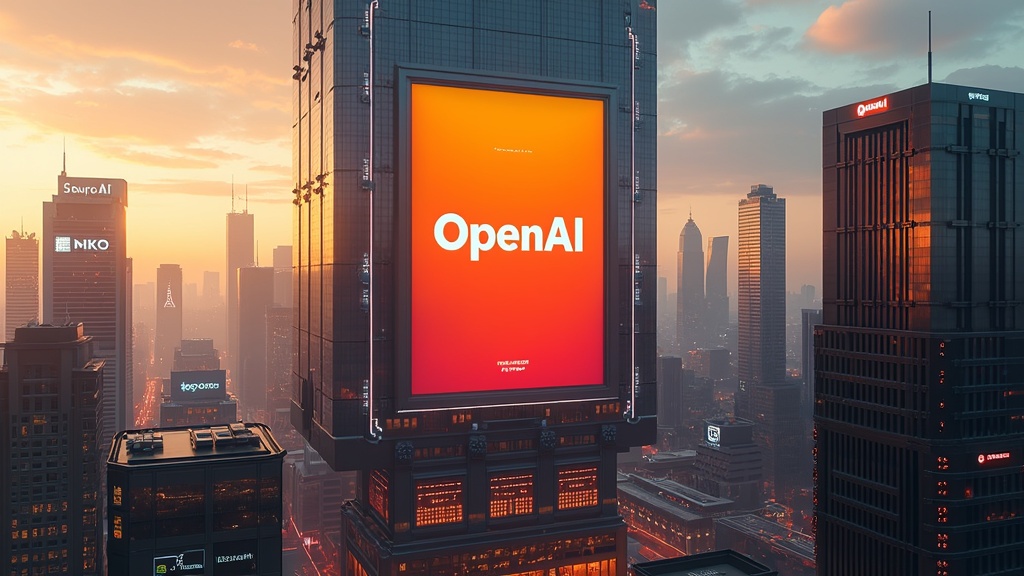
I get it. It’s easy to see OpenAI as unstoppable. They’ve got $157 billion in valuation, 300 million weekly users, and some of the best engineers on the planet. But here’s the truth: the bigger you get, the bigger the target on your back.
Challenge #1: Competition from Rivals (and Friends-Turned-Frenemies)
Microsoft, Anthropic, Google, and Musk’s xAI are all racing toward the same prize. OpenAI is playing chess on five boards at once. Just look at Anthropic — they’re snagging OpenAI’s former employees and forming partnerships with U.S. defense contractors like Palantir and AWS. If you know anything about AI, you know that partnerships like these aren’t just deals — they’re moves in a much larger power play.
Challenge #2: Musk’s Influence in AI Regulation
With Musk now set to play a role in the incoming Trump administration, OpenAI may face new regulatory headaches. Remember, Musk has been a vocal critic of OpenAI’s transition from nonprofit to for-profit. He even sued them over it. If Musk can shape policy, expect tighter regulations, more audits, and maybe even restrictions that give his company, xAI, a strategic edge.
Challenge #3: Leadership Turmoil
Several key figures at OpenAI — including CTO Mira Murati — recently left the company. Brain drain is a real threat in AI, where talent can make or break a company. Anthropic has already poached some of OpenAI’s top minds, and as competition heats up, keeping top talent will only get harder.
Challenge #4: Public Scrutiny and Reputation
Being the leader in AI isn’t just about having the best models. It’s about public trust. OpenAI has been criticized for its lack of transparency, its profit motives, and the perception that it’s putting corporate interests ahead of societal good. The next year will test how well OpenAI can manage its public image.
What’s Next for OpenAI?
So, where does all this leave OpenAI? Here’s my take.
OpenAI’s “12 Days of Shipmas” wasn’t just a marketing blitz — it was a statement. They’re telling rivals, regulators, and critics, “We’re faster, stronger, and more creative than you think.” But it’s one thing to win headlines; it’s another to win a war.
2025 will test whether OpenAI can hold its ground as the AI gold rush intensifies. With Musk at the center of U.S. AI policy, Microsoft rethinking its friendship, and Anthropic quietly making power moves, OpenAI will need more than Shipmas cheer to stay on top.
Personally, I think this story is only just beginning. Shipmas was the prologue. The real plot twists are coming in 2025. As someone who’s followed the AI world for years, I’ve seen this before — the underdog becomes the top dog, only to find everyone else gunning for them. It’s a pattern that plays out in every industry, from smartphones to social media.
But here’s the wildcard: OpenAI is no ordinary company. It’s got a blend of ambition, risk tolerance, and sheer audacity that’s hard to match. They’ve already survived Musk’s departure, Microsoft’s power plays, and the shift from nonprofit to for-profit. If anyone can turn challenges into catalysts, it’s them.
Conclusion: Shipmas Was Just the Beginning
OpenAI’s “12 Days of Shipmas” was the party. But now, it’s time to get back to work. Rivals are circling, regulations are looming, and relationships with partners like Microsoft are getting complicated. The generative AI market is predicted to hit $1 trillion in revenue, and every major player wants a slice.
If Shipmas was a glimpse of OpenAI’s potential, then 2025 will be its ultimate stress test. Can they keep launching groundbreaking features while fending off rivals, regulators, and lawsuits?
It’s going to be a wild ride — one that will likely define the next decade of AI. If I were you, I’d keep an eye on OpenAI’s moves. The Shipmas fun is over, but the real story is just getting started.
If you enjoyed this breakdown of OpenAI’s “12 Days of Shipmas” and the challenges they face, drop a comment below. I’d love to hear your thoughts. And if you’re as fascinated by the future of AI as I am, make sure to follow OpenAIJournal for more stories like this.
